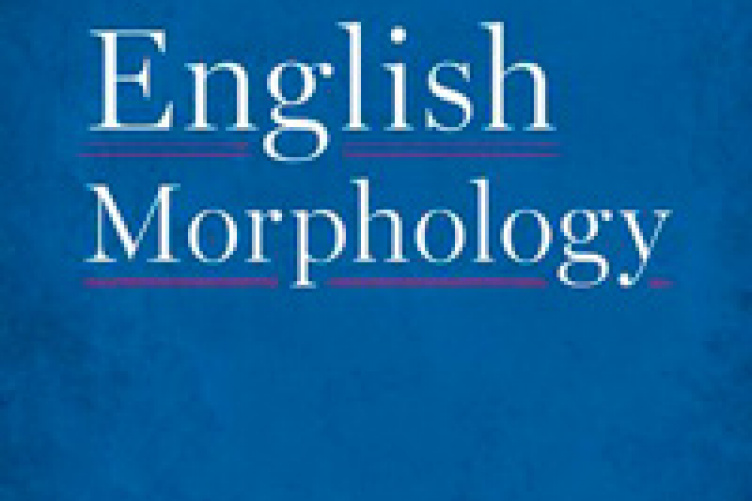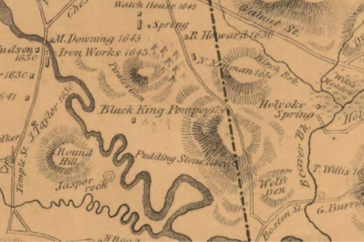
Rochelle Lieber, professor of English and linguistics, has published the first comprehensive description and analysis on English morphology. Lieber's co-authors are Laurie Bauer, professor of linguistics at Victoria University of Wellington, New Zealand, and Ingo Plag, professor of English language and linguistics at the Heinrich Heine University in Düsseldorf. They are considered to be three of the most outstanding scholars in the field.
The Oxford Reference Guide to English Morphology
by Laurie Bauer, Rochelle Lieber, and Ingo Plag
Oxford University Press (August 29, 2013)
From the publisher: This book presents a comprehensive, data-rich, theory-neutral description of English word formation, including inflection and derivation, compounding, conversion, and such minor processes as subtractive morphology. It also offers analyses of the theoretical challenges these phenomena present. It is the first to make systematic use of large linguistic corpora, including the Corpus of Contemporary American English, the British National Corpus, and the American National Corpus by which, for example, the authors are able to measure the productivity of different patterns and to trace semantic developments as they happen.
After setting out their methodology and theoretical assumptions, the authors describe word formation and inflection in contemporary English. They give equal weight to form and meaning and cover nominalizations, agentive forms, comparatives, root and synthetic compounds, as well as more recondite topics such as the abstract noun-forming suffixes -hood, -dom, and -ship, neoclassical compounds, and the morphology of numbers. They examine the relations between orthography and phonological form. While their focus is on contemporary morphology, they trace the history of phenomena wherever doing so helps to understand and explain current form and function. The final part of the book shows how the data assembled within it bear on current theoretical issues and reveal new lines of research. This outstanding book will interest all scholars and students of English and of linguistic morphology more generally.
Read a news article about the publication in Investigate Magazine.
Read a story about the project in The College Letter as it got underway 3 years ago!
















































